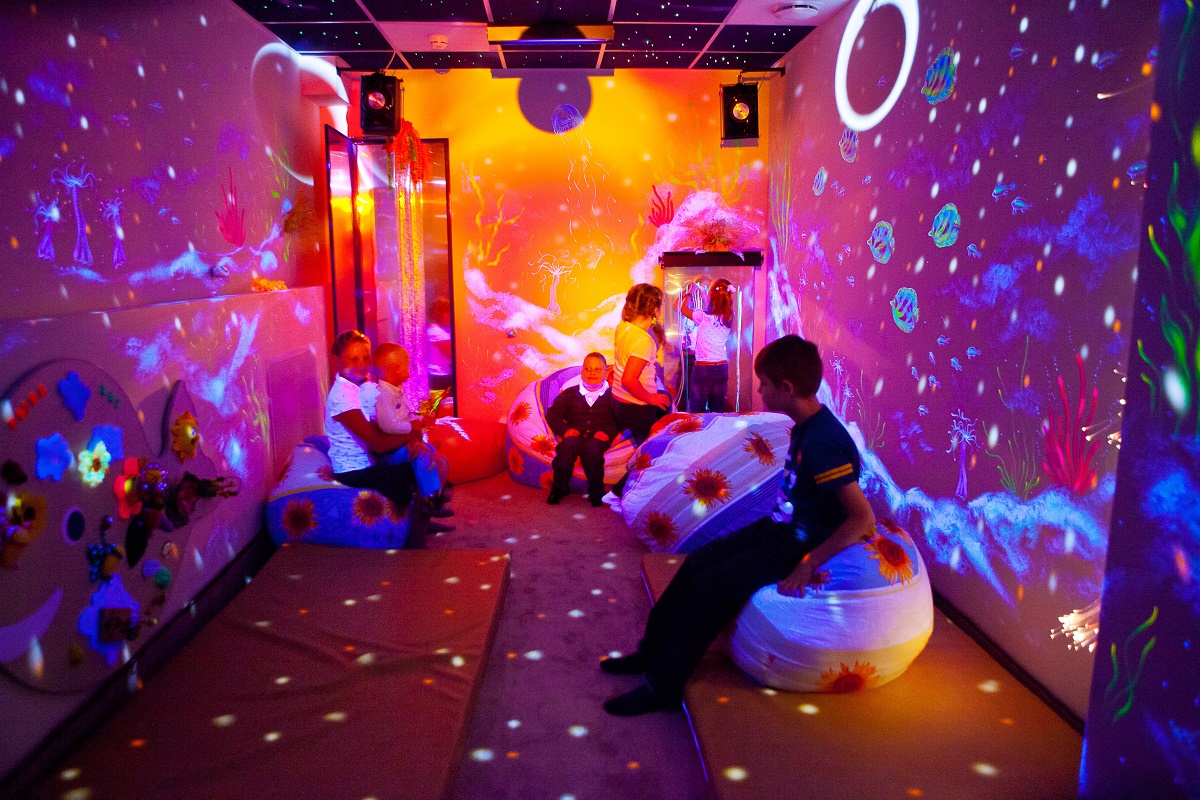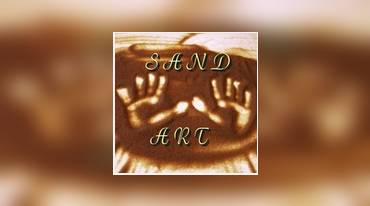Beyond theoretical variations, a unifying concept may emerge from anxiety concept. Lazarus and Folkman (1984) described a“mismatch or conflict” (p. 234) amongst the person along with his or her connection with culture since the essence of most social stress, and Pearlin (1999b) described ambient stressors as those who are connected with place in culture.
More generally, Selye (1982) described a feeling of harmony with one’s environment because the foundation of a healthier lifestyle; starvation of these a feeling of harmony might be viewed the origin of minority anxiety. Truly, once the person is an associate of a minority that is stigmatized, the disharmony between your person plus the principal tradition are onerous and also the resultant anxiety significant (Allison, 1998; Clark et al., 1999). We discuss other theoretical orientations that assist explain minority anxiety below in reviewing minority that is specific procedures.
American history is rife with narratives recounting the side effects of prejudice toward users of minority teams and of their battles to get freedom and acceptance.
That such conditions are stressful happens to be recommended regarding different social groups, in specific for teams defined by race/ethnicity and gender (Barnett & Baruch, 1987; Mirowsky & Ross, 1989; Pearlin, 1999b; Swim, Hyers, Cohen, & Ferguson, 2001). The model has additionally been placed on teams defined by stigmatizing faculties, such as for example heavyweight people (Miller & Myers, 1998), people who have stigmatizing illnesses that are physical as AIDS and cancer tumors (Fife & Wright, 2000), and individuals who possess taken on stigmatizing markings such as for example human body piercing (Jetten, Branscombe, Schmitt, & Spears, 2001). Yet, it’s just recently that mental concept has included these experiences into anxiety discourse clearly (Allison, 1998; Miller & significant, 2000). There is increased desire for the minority anxiety model, for instance, since it pertains to the environment that is social of in the us and their connection with anxiety linked to racism (Allison, 1998; Clark et al., 1999).
In developing the thought of minority anxiety, scientists’ underlying presumptions were that minority anxiety is (a) unique this is certainly, minority anxiety is additive to basic stressors which can be skilled by everyone, and so, stigmatized individuals are needed an adaptation work above that needed of comparable other people who aren’t stigmatized; (b) chronic that is, minority anxiety relates to relatively stable underlying social and social structures; and (c) socially based that is, it comes from social procedures, organizations, and structures beyond the average person instead of individual occasions or problems that characterize general stressors or biological, hereditary, or other nonsocial faculties of the individual or perhaps the team.
Reviewing the literary works on anxiety and identification, Thoits (1999) called the research of stressors linked to minority identities a “crucial next step” (p. 361) when you look at the scholarly research of identification and anxiety. Applied to lesbians, gay guys, and bisexuals, a minority anxiety model posits that intimate prejudice (Herek, 2000) is stressful that will result in negative health that is mental (Brooks, 1981; Cochran, 2001; DiPlacido, 1998; Krieger & Sidney, 1997; Mays & Cochran, 2001; Meyer, 1995).
Minority Stress Processes in LGB Populations
There’s no opinion about certain anxiety processes that affect LGB people, but free online sex chat emotional concept, anxiety literary works, and research in the wellness of LGB populations offer ideas for articulating a minority anxiety model. I would suggest a distal–proximal difference given that it hinges on anxiety conceptualizations that appear many strongly related minority anxiety and due to its anxiety about the effect of outside social conditions and structures on people. Lazarus and Folkman (1984) described social structures as “distal principles whoever effects for a depend that is individual the way they are manifested into the instant context of idea, feeling, and action the proximal social experiences of a person’s life” (p. 321). Distal social attitudes gain mental importance through intellectual assessment and turn proximal ideas with emotional value into the person. Crocker et al. (1998) made a distinction that is similar objective truth, which include prejudice and discrimination, and “states of brain that the knowledge of stigma may produce within the stigmatized” (p. 516). They noted that “states of brain have actually their grounding within the realities of stereotypes, prejudice, and discrimination” (Crocker et al., 1998, p. 516), once again echoing Lazarus and Folkman’s conceptualization of this proximal, subjective assessment as being a manifestation of distal, objective ecological conditions. We describe minority stress processes along a continuum from distal stressors, that are typically understood to be objective activities and conditions, to proximal processes that are personal that are by meaning subjective simply because they count on specific perceptions and appraisals.
We have formerly recommended three procedures of minority stress highly relevant to LGB individuals (Meyer, 1995; Meyer & Dean, 1998). From the distal towards the proximal they have been (a) external, objective stressful activities and conditions (chronic and acute), (b) objectives of these occasions therefore the vigilance this expectation requires, and (c) the internalization of negative societal attitudes. Other work, in specific emotional research in your community of disclosure, has recommended that a minumum of one more anxiety procedure is very important: concealment of one’s sexual orientation. Hiding of intimate orientation is visible being a stressor that is proximal its anxiety effect is believed in the future about through internal emotional (including psychoneuroimmunological) procedures (Cole, Kemeny, Taylor, & Visscher, 1996a, 1996b; DiPlacido, 1998; Jourard, 1971; Pennebaker, 1995).









